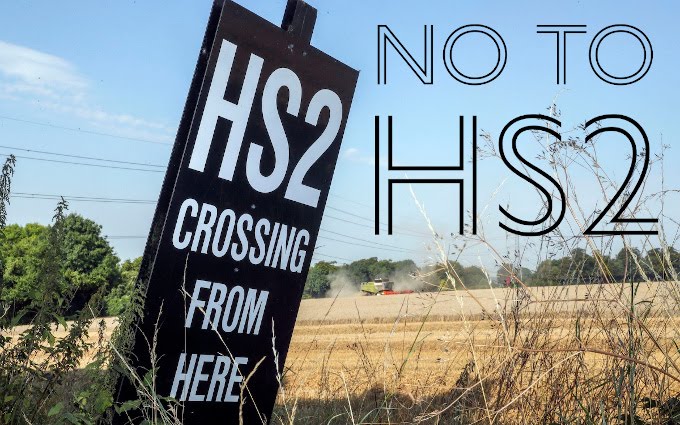- Modern easy booking systems, allowing passengers to book in advance, take advantage of frequent traveller programmes, print out their own tickets and plan their whole end-to-end journey effectively;
- Easy ways to access HSR, with dedicated platforms at modern stations, new interchanges with other modes of transport;
- High-levels of customer service at stations and on trains, with staff on hand at all times providing attention to the details that count;
- Sleek modern and clean new trains, with communication and entertainment facilities on board to make good use of travelling time;
- Dramatically reduced journey times compared with today, providing a competitive alternative to short-haul air travel.
- Express limited-stop rail services between Britain’s major towns and cities;
- Ultra-high levels of punctuality, beating delays on the congested road network.
- A consistent and readily-understandable pricing structure. In contrast to the national rail network, Eurostar has a memorable £59 price point for return journeys to Paris/Brussels, although a range of more flexible and more expensive fares are offered which help keep up average yields. An equivalent lowest promotional price point for domestic high-speed rail services could be £39 for a return trip – offering such fares, even if limited to less busy trains, will help ensure that HSR is affordable to all.
- Information and arrangements for before the journey and for onward travel to the ultimate destination. To reduce hassle and increase the ease of travel, reflecting the point that the rail trip is normally only one part of a longer journey and many users are not regular rail travellers.
- A service that runs 7 days a week, without weekend closures for engineering works. On Japan’s Shinkansen network, all engineering work is carried out at night, avoiding the need for any line closures in the daytime. Sunday is the busiest day of the week at Heathrow: an indicator that this is often chosen as a good day for longer distance trips; unfortunately, Sunday travel on today’s rail network can be a chancy affair.
- Modern standards of accessibility, including for the mobility-impaired. In part, this can be enhanced through excellent customer service, but building new infrastructure and trains provides the opportunity to provide from the start facilities that allow for easy access by all.
Advance booking is surely something to be avoided as far as possible, but it is almost unavoidable when so much investment is tied up in astronomically expensive hardware. People like to be able to make decisions to travel, or not to travel plans, up to the last possible moment. Unexpected things crop up in peoples' lives, not least, in the course of the journey itself, which can cause unwanted stress. But the unpredictability of the individual's circumstances averages out over the population at large, so it is not difficult for an operator to predict what the traffic demand is likely to be at any particular time. As far as possible, therefore, the train service should be affordable and walk-on. The Eurostar model is not one to emulate.

No comments:
Post a Comment